Nov 20
Transport of chicks in time of Corona
5 questions - 5 answers
Interview with Mrs Silvia Mouriño, Director or Planning and Logistics

What was the situation in March?
To put it quite clearly, all previously known means of transport collapsed in March. Up to 90% of our exports were made by air, mostly with reliable passenger planes. The reason for this was that these have been considered the most reliable for decades, as the departure times usually have few delays and there are also fewer flight cancellations.


Now this possibility has almost completely disappeared, as there was a loss of 80% of the flights worldwide in mid-March. The remaining 20% could not necessarily be used for our purposes because the aircraft was not adequately ventilated or did not have adequate storage space.
In addition, there were also airlines that did not take chicks or hatching eggs for fear that they could spread COVID or are contagious!
In addition, it also failed on flight routes that did not meet our supply chain requirements or we did not have a license for AVI handling.
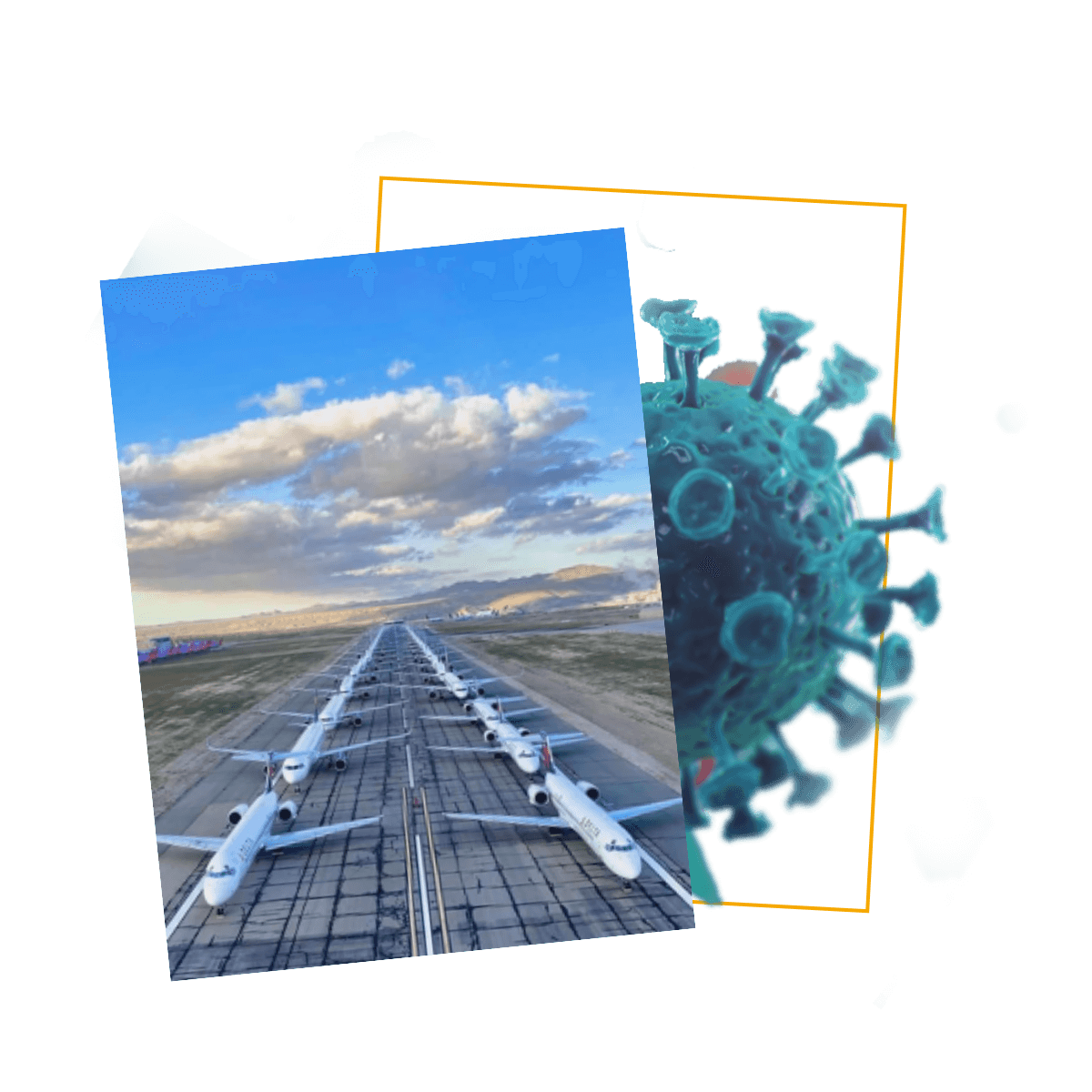

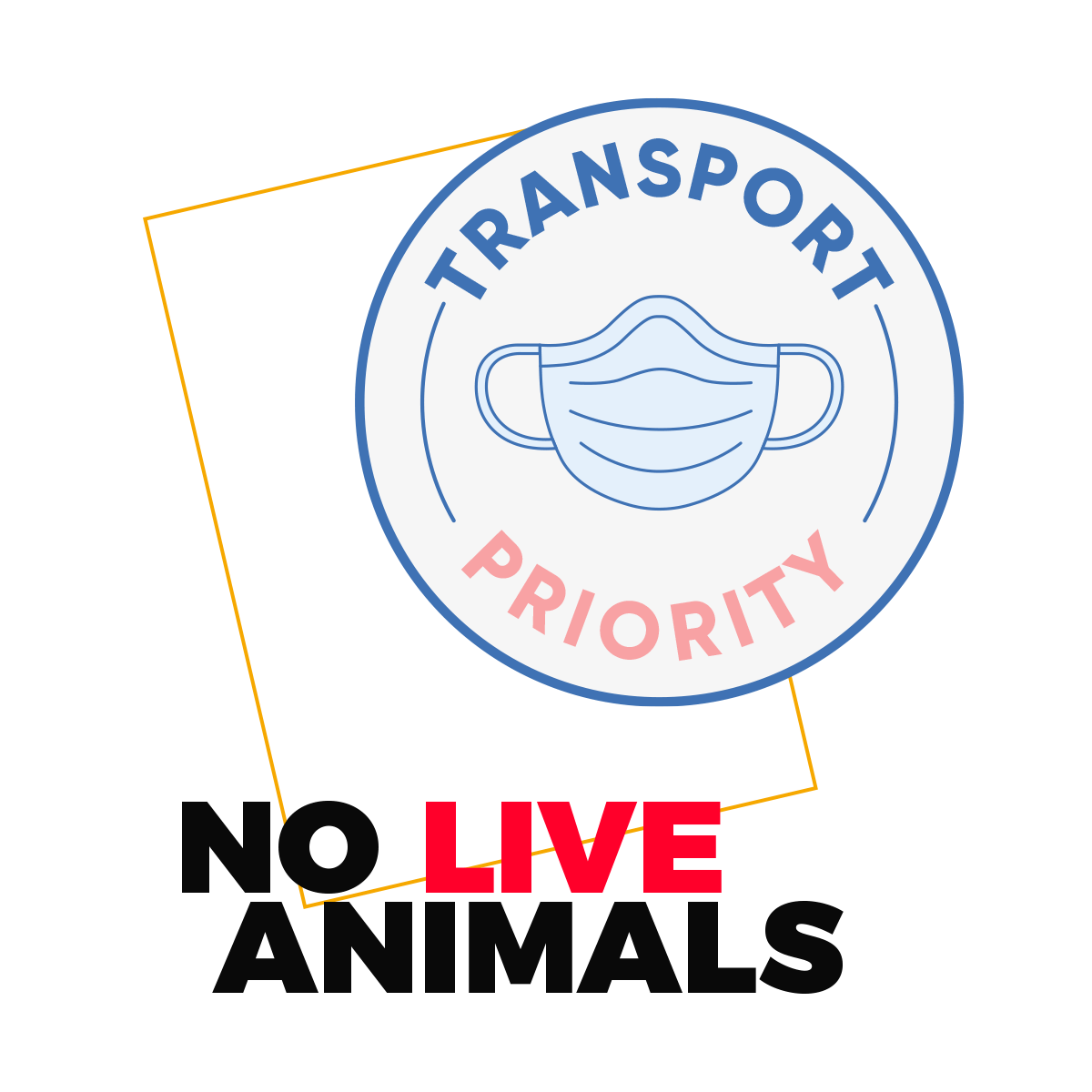
Original partners who otherwise brokered and sold flights had no solutions or answers and collapsed completely.
From one day to the next we had to find several flights for the day we woke up as all flights disappeared for the exports of that day and for hatches within following 3 weeks (planned and already in the machines).
We had to find solutions and orders were prepared without flight booking in advance. Every day, we had to work our way up to new solutions.

Freight flights only 2nd choice?
Normally, cargo flights are only our second option, but at these times we had to use this possibility as our only one.
But even these flights were rare and the departure airports were difficult to reach, i. e. our chicks were flown there by charter to catch the long distance flight on time.
We have used private charter flights several times and also tried to convince the major airlines to use their parked aircrafts for this.
At nearby destinations, the last part sometimes had to be mastered with an air taxi or a smaller charter.
Another difficulty appeared that even if a flight was found that some airports did not have airport staff available to load the chicks due to the quarantine rules and reducing worker numbers and making shifts to split the teams in order one shift has one Corona positive.
So we had to fly our team members there to help out the staff on site. Again, there were lockdown times at the destinations, i. e. there was a curfew period from 8 p.m. to 6 a.m. so that chicks that arrived at 9 p.m. could not be loaded until the next morning. Not an option for us!


Lockdown with customers
Our customers again had the problem that their team could have come to the airport to pick up the chicks, but because of the quarantine they were no longer allowed to return to the farm, so the delivery could not be accepted.
They then decided that the workers stay at the production farm and in one example we experienced that the said team needed to sleep on the farm with the birds to follow the shutdown rules not to go from one area to another within their country.
Trucks are also not barrier-free
There were also problems with deliveries by truck. It had to be closely monitored whether drivers had to be in quarantine or whether the situation has changed due to different regulations. Borders were closed and traffic jams lasted for hours – unsustainable for living animals! New routes had to be explored until politicians finally established “fast lane lines” for animals.

How is the situation today?
Fortunately, some flights are available again today, but not as before.
The prices are also immensely high and sanitary goods are still the top priority.
We continue to mainly use charter and freighters for air transport and are happy to have again more flights available to reach “unreachable destinations” again.
Mainly we try to go the independent way. That means using as few passenger planes as possible, which is the safest way for us today.
In addition, we try as best we can to train newly acquired service providers in how to handle our chicks and hatching eggs and to support them in doing so.

What was the biggest challenge of that time?
The biggest challenge was that not just one job had no transport, but many at once.
All deliveries had the same priority, but had to be transported from different locations in all directions. Now it was time to create and combine new ways.
Unfortunately, the solution for one order was not a patent solution, not a solution for all deliveries. The fact that we continued to place orders at all locations at the same time was a challenge par excellence.

Was there something to smile about, an anecdote that is fondly remembered?
Sometimes there were creative solutions that we found also amusing.
For example, a difficult cargo became a VIP flight! Our chicks were finally able to travel appropriately, because if you want to achieve top performance, you can also look forward to traveling in business class.

What does the future promise?
It will be several months, if not years, before we get to where we left off in 2019.
The pandemic has put airlines in financial straits. Pilots have lost their jobs and parts of the airport staff have also been cut.
It will take a very long time before flights are occupied again like before COVID. Of course, we are still working on possibilities, independent of passenger planes and private charters, but the focus is now on guaranteeing flight time reliability, training the individual teams on the new possibilities and bringing flight prices on a profitable basis.

To transform new ways into easily controllable ways, that is our goal! Or as the saying goes: the journey is the aim!

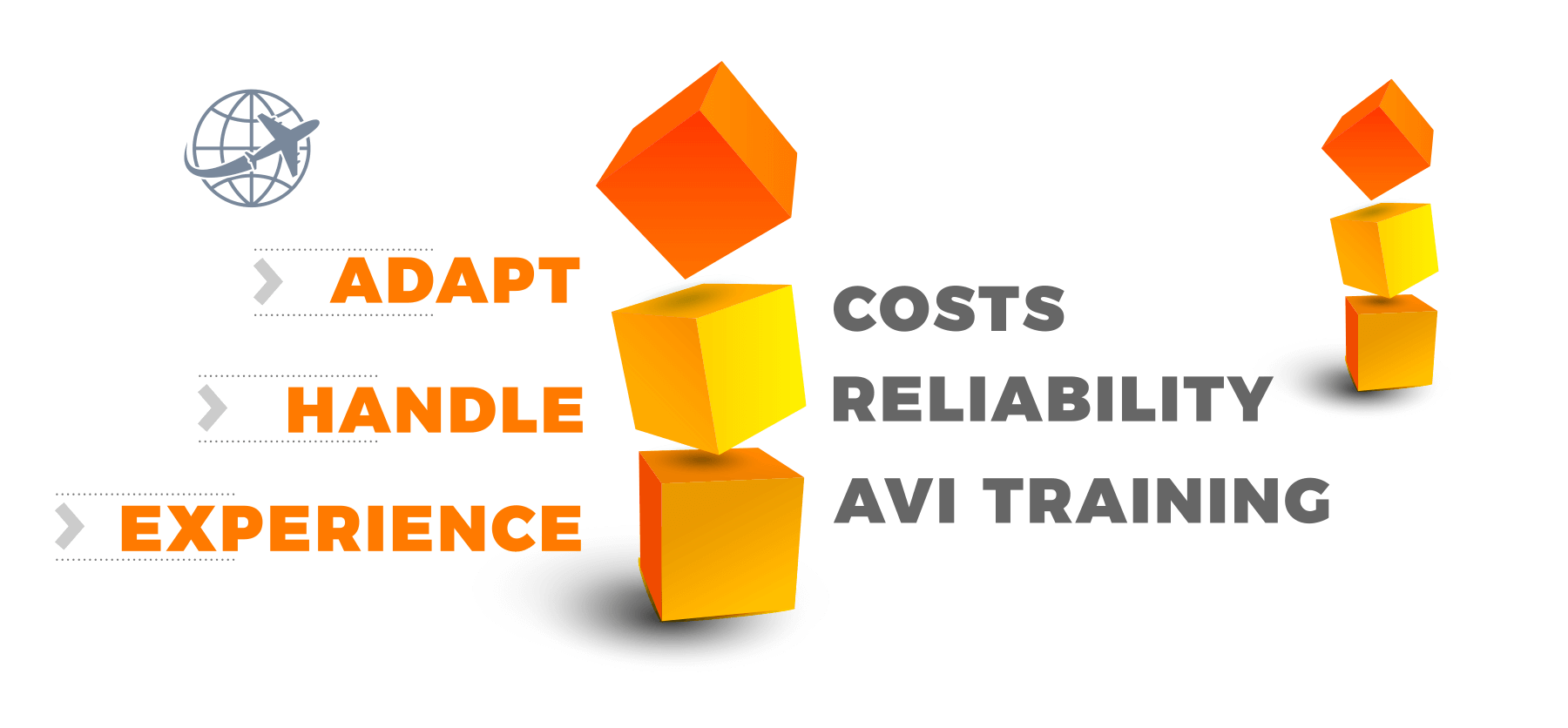
 Linkedin
Linkedin 


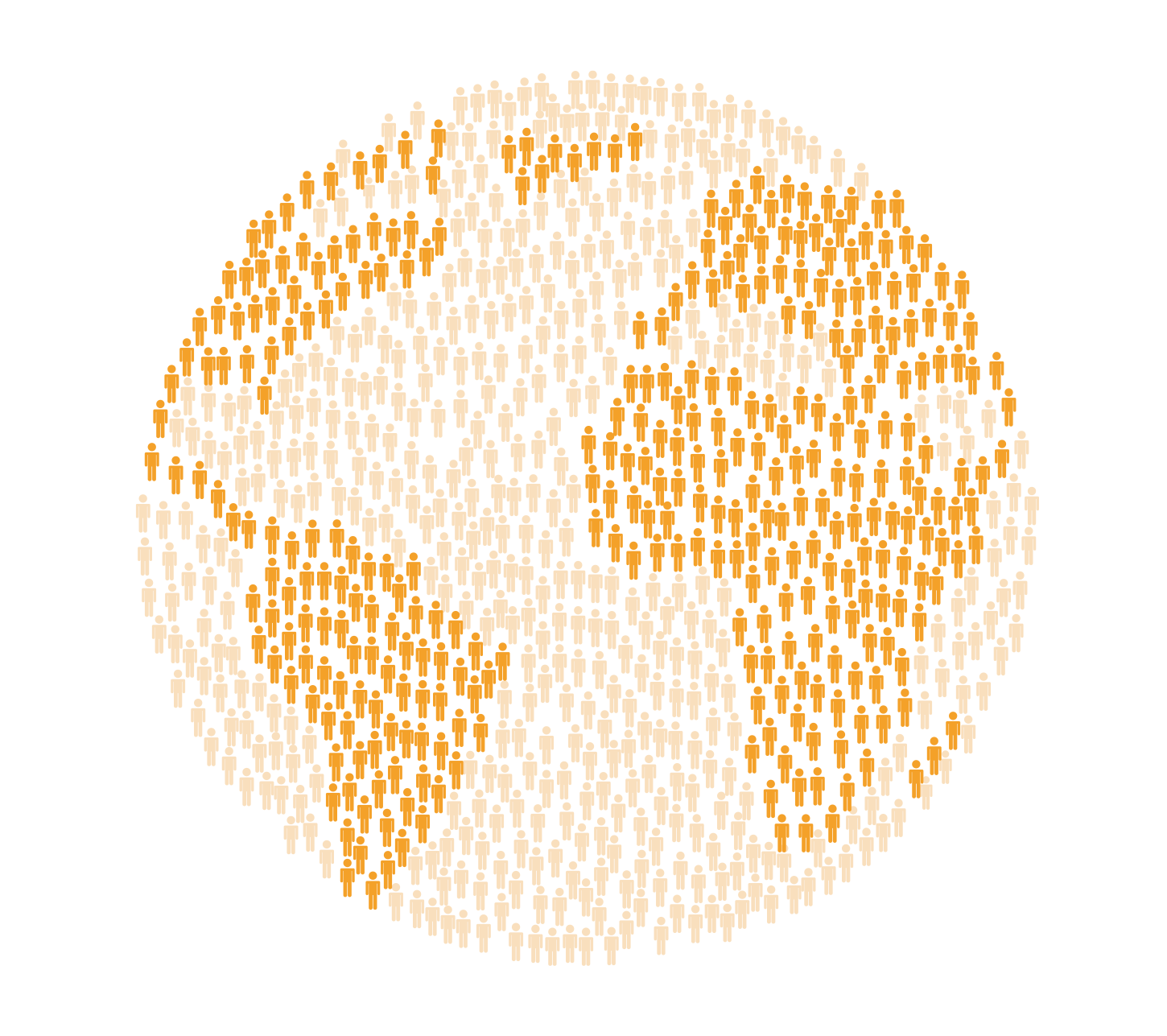


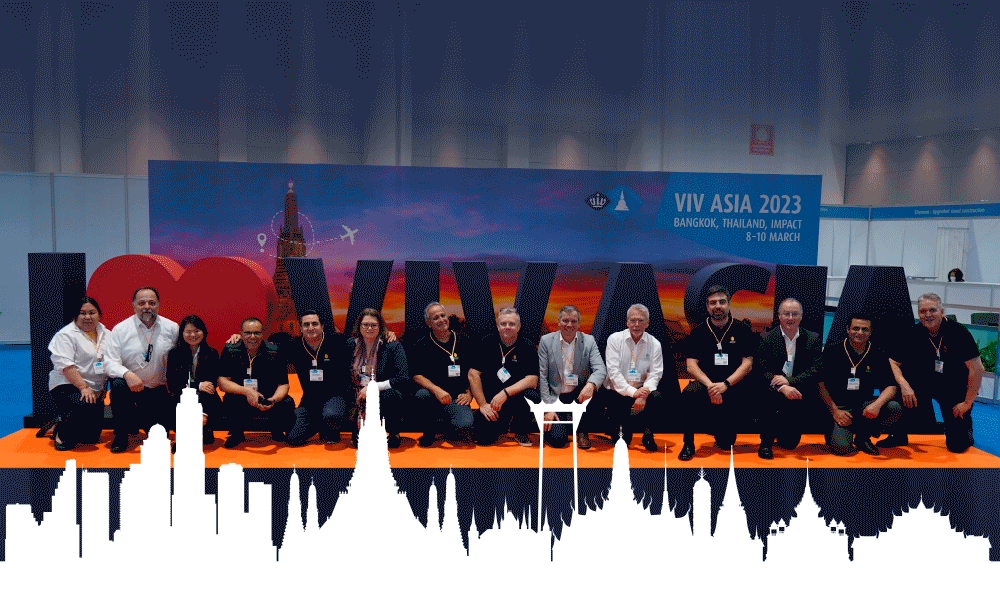

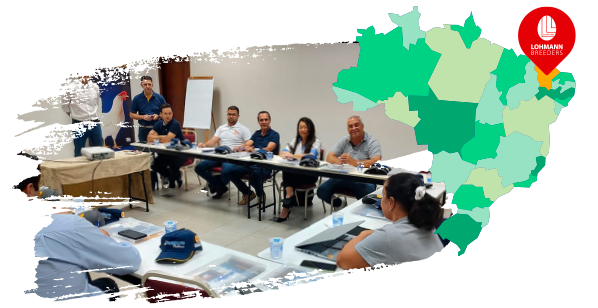
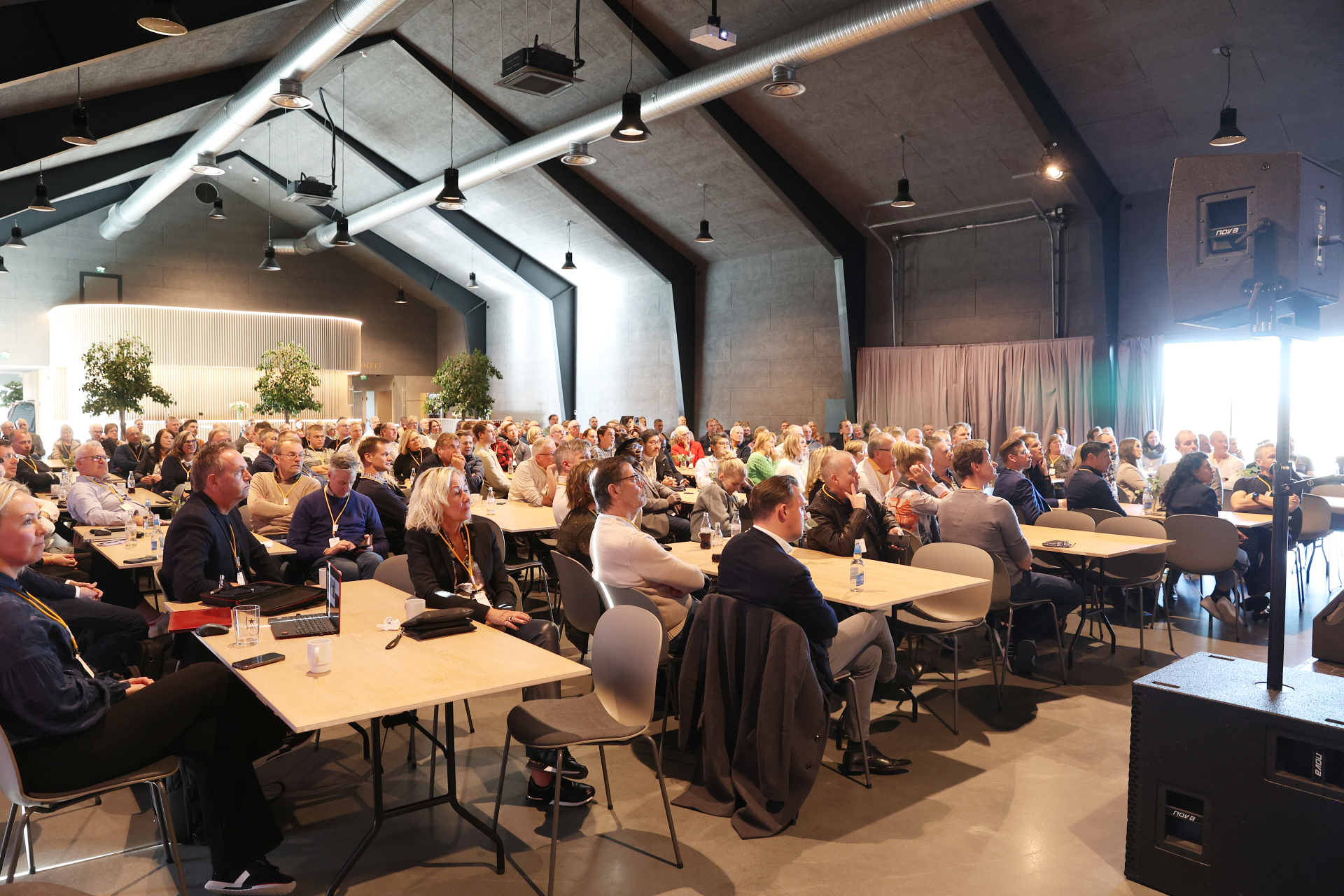
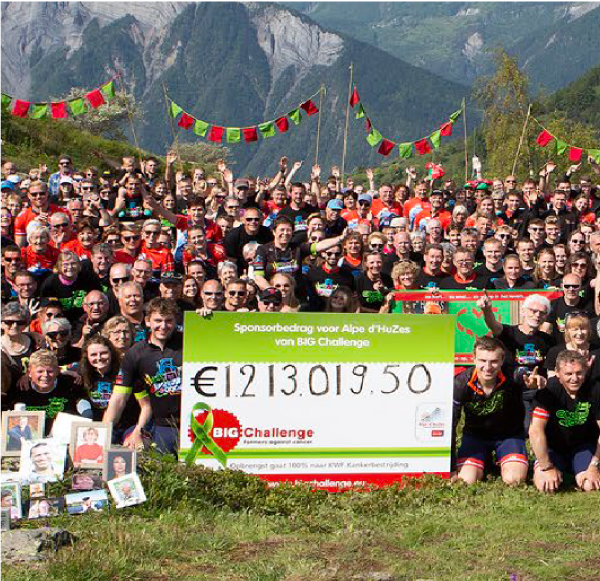
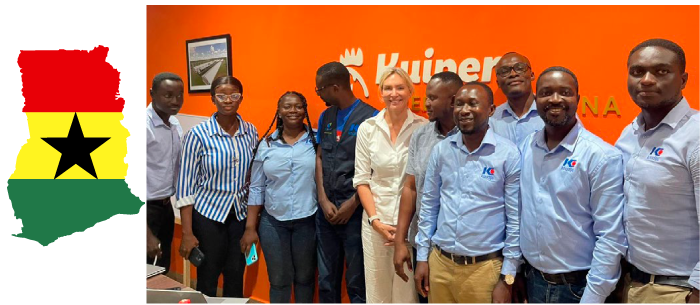
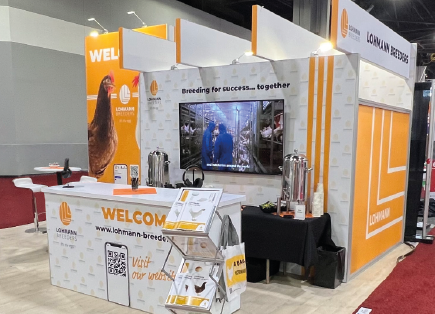
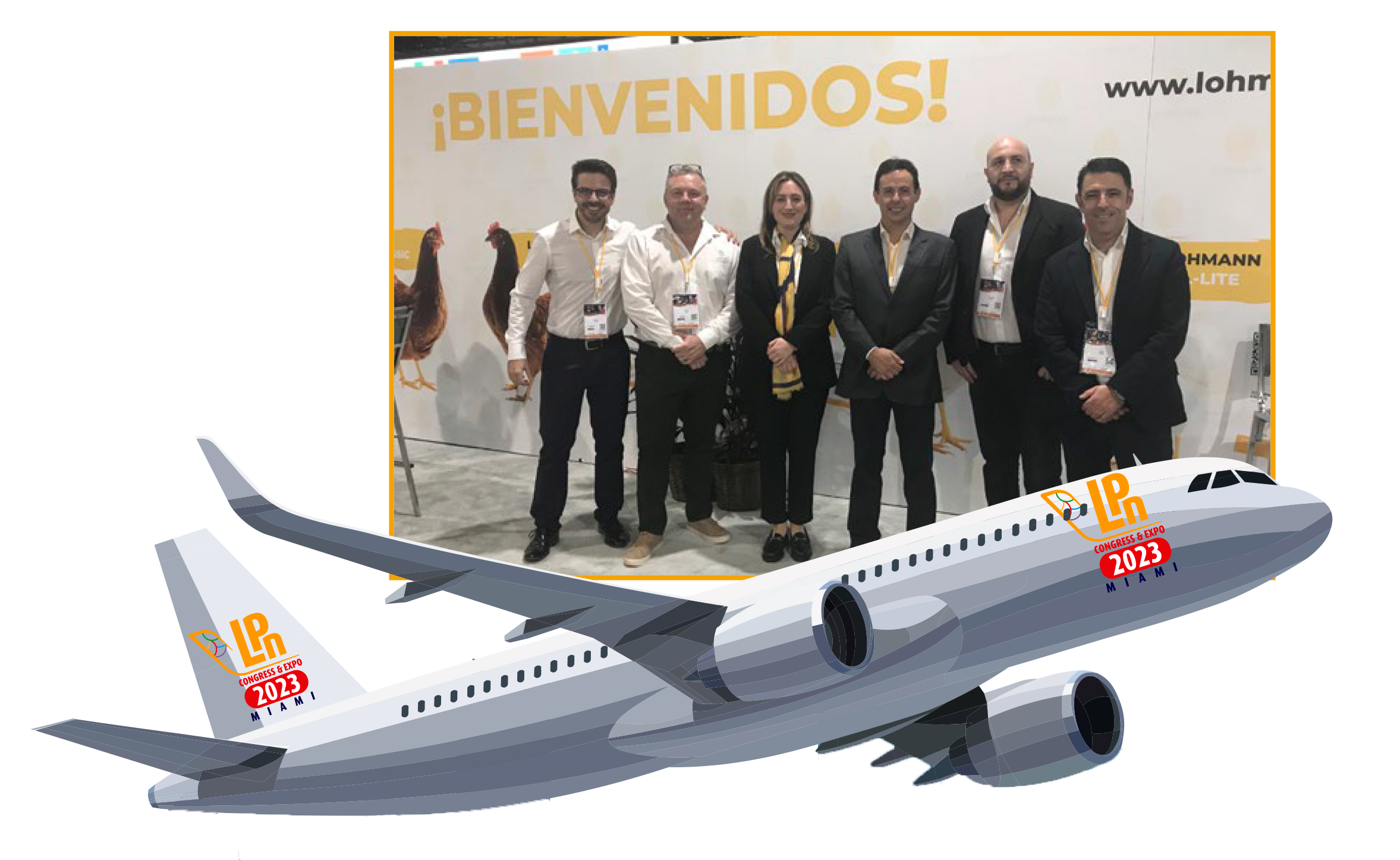
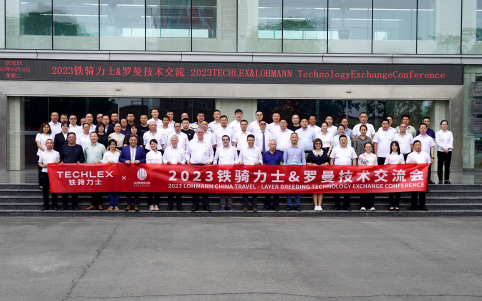
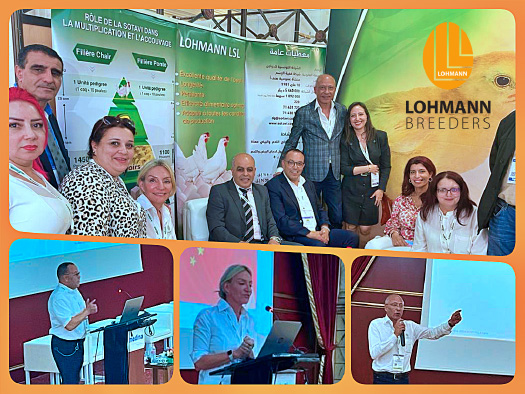

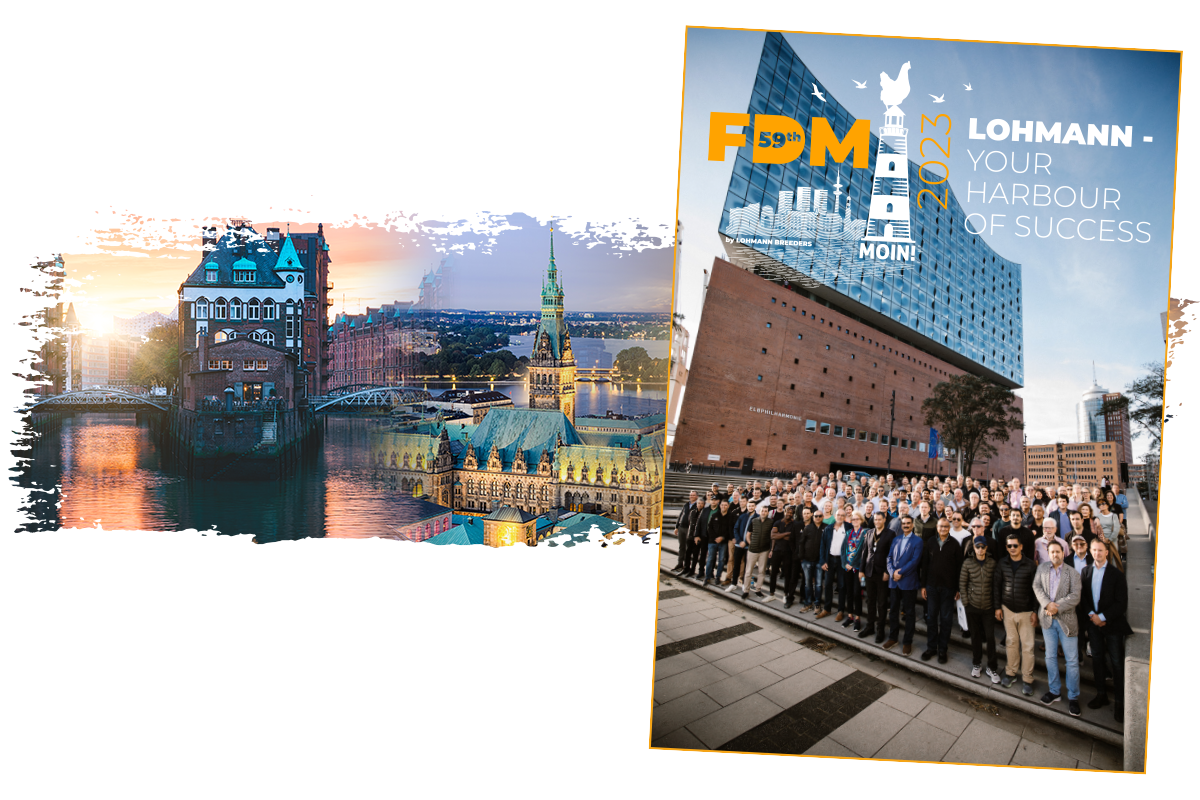
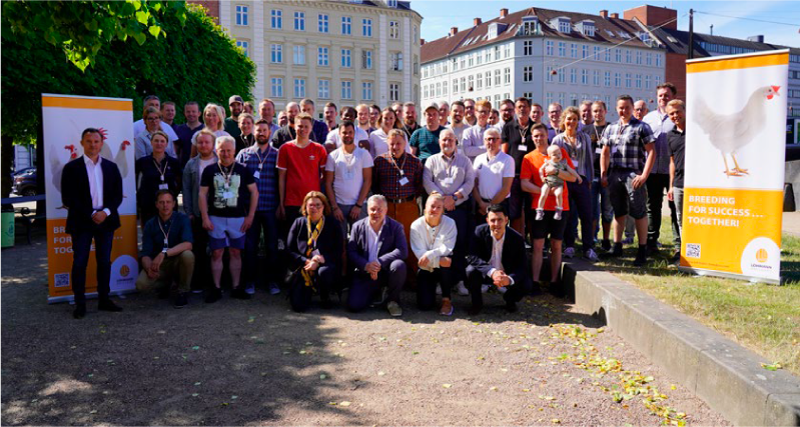
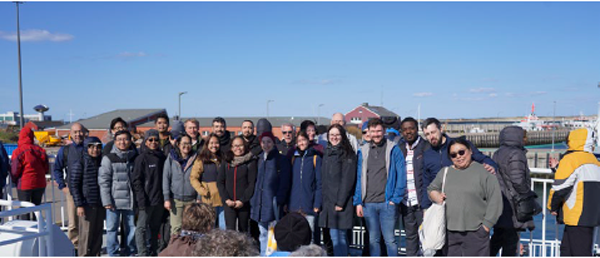

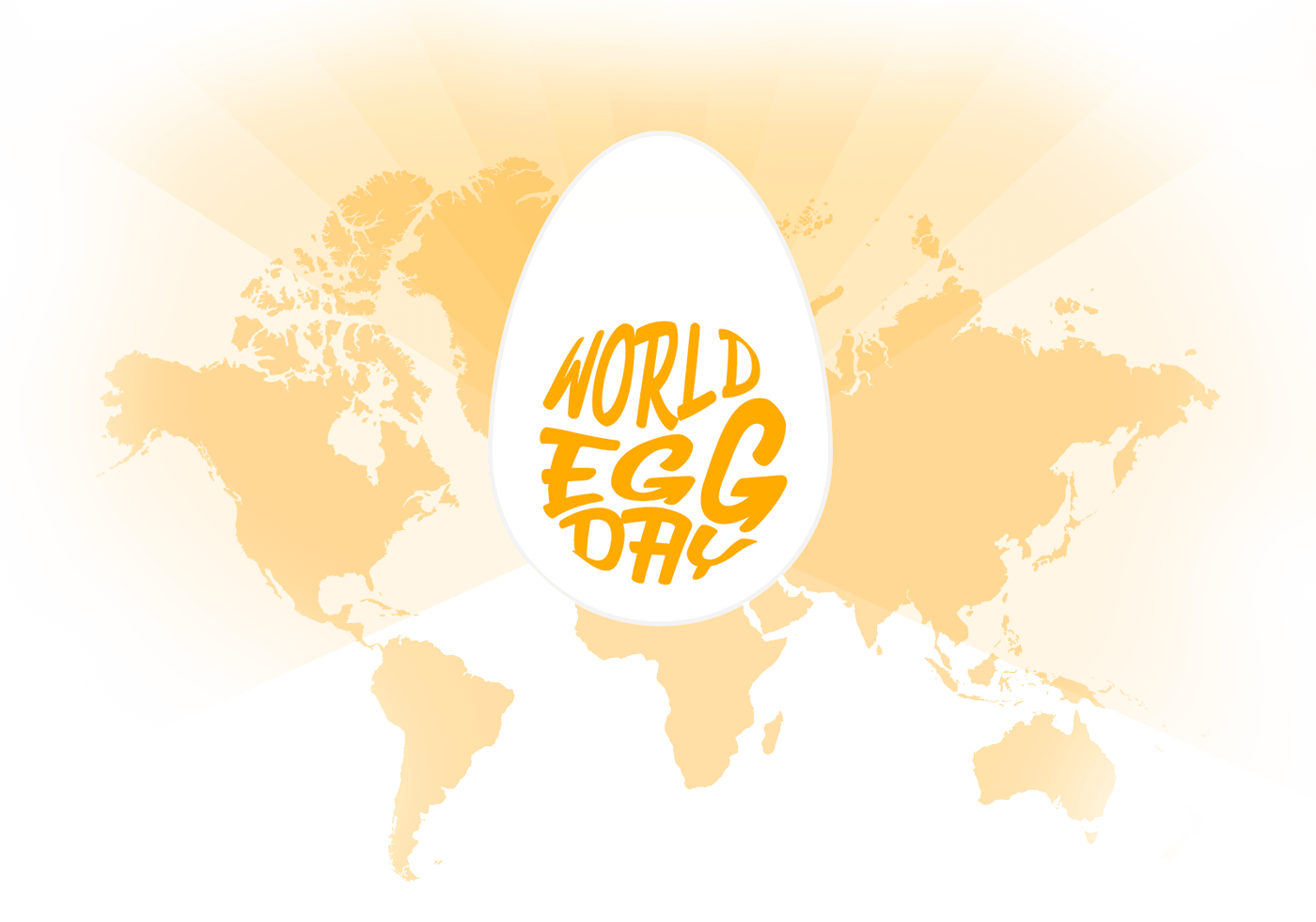
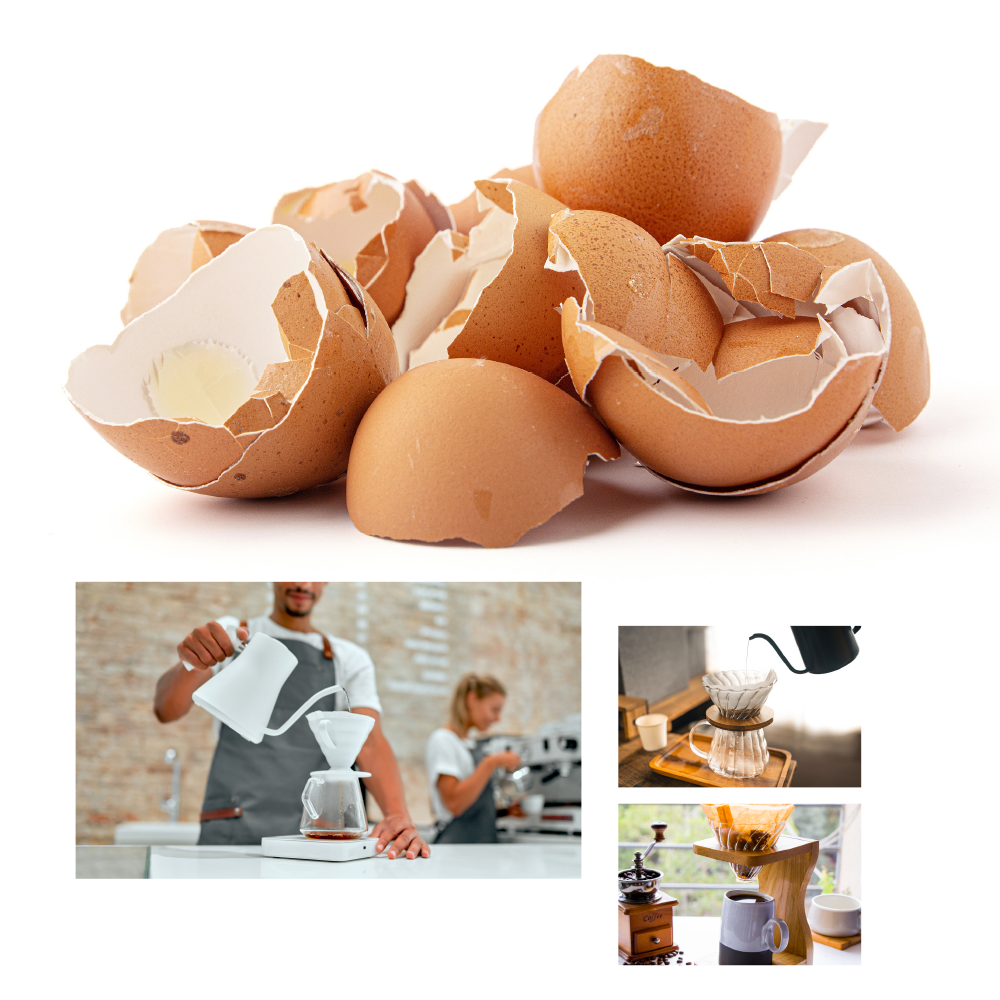


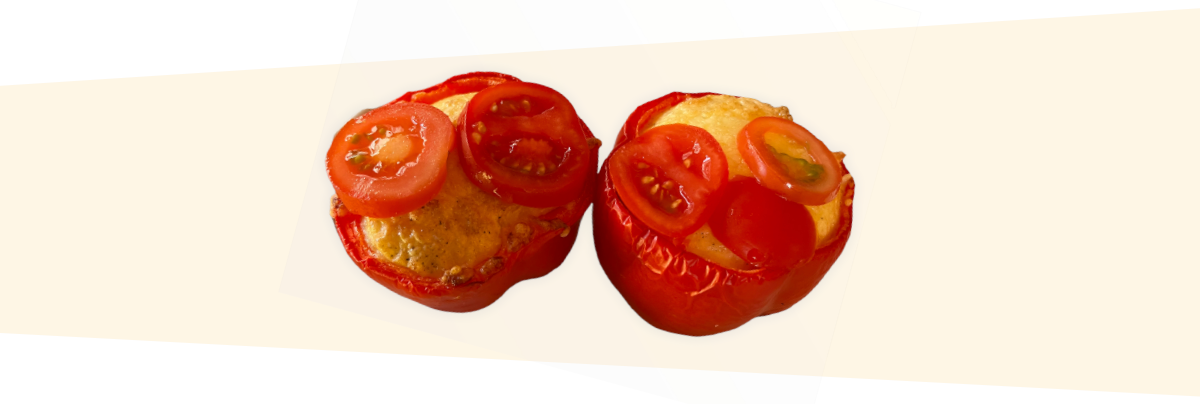
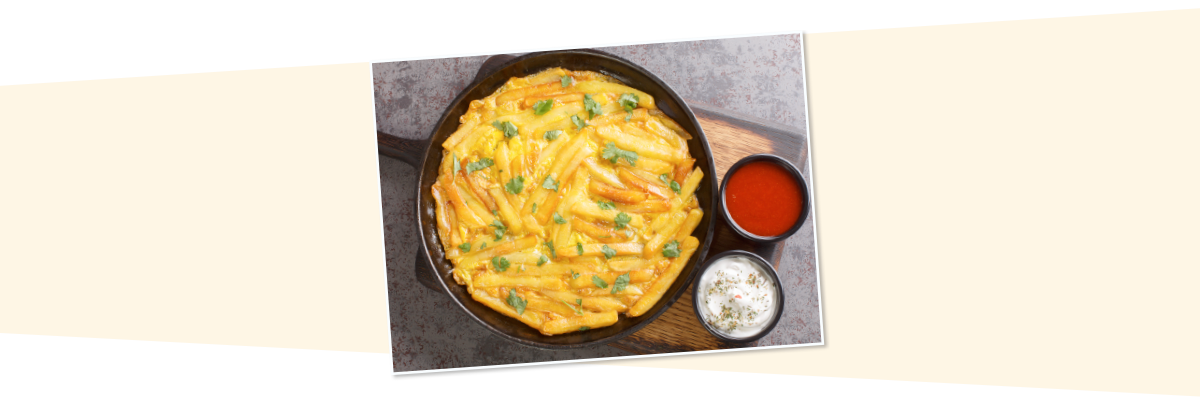
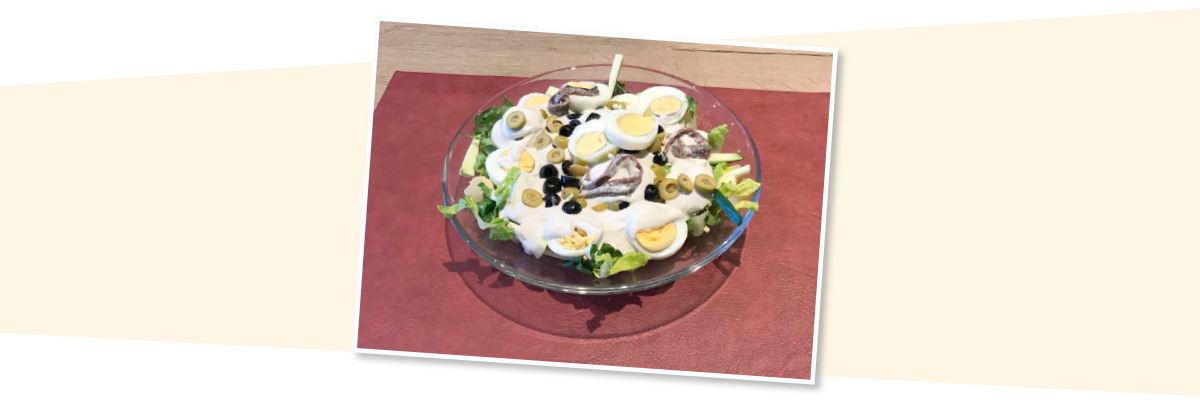
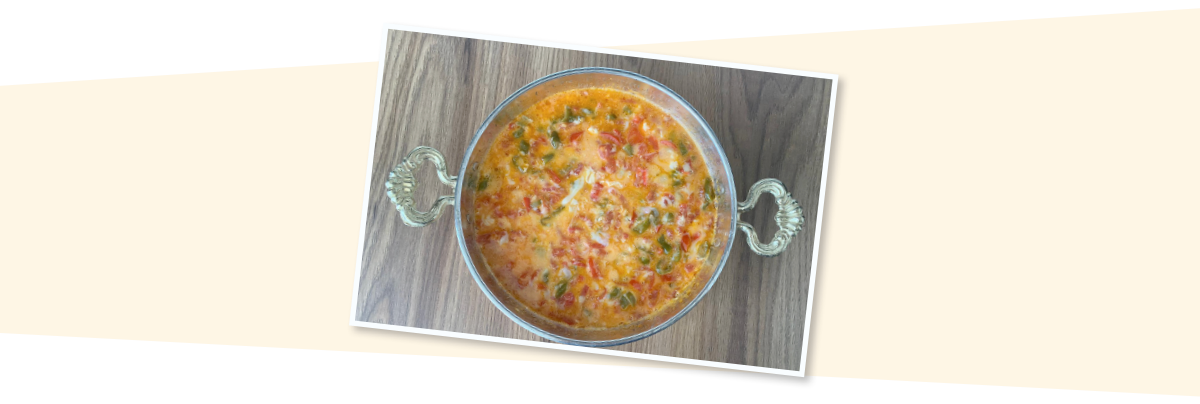
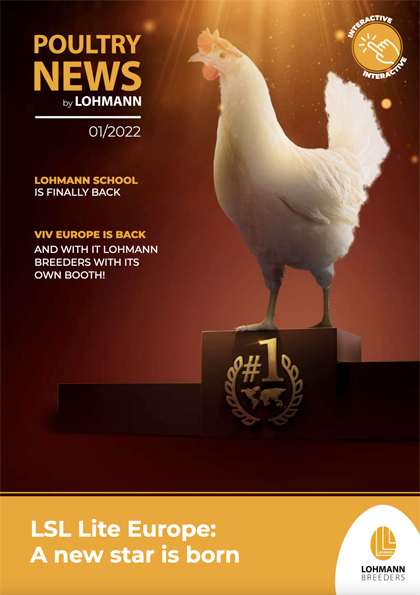

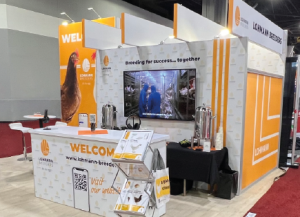
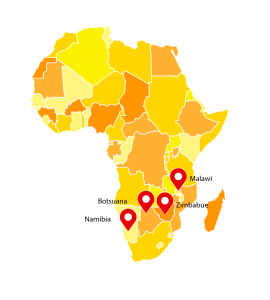
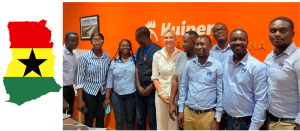
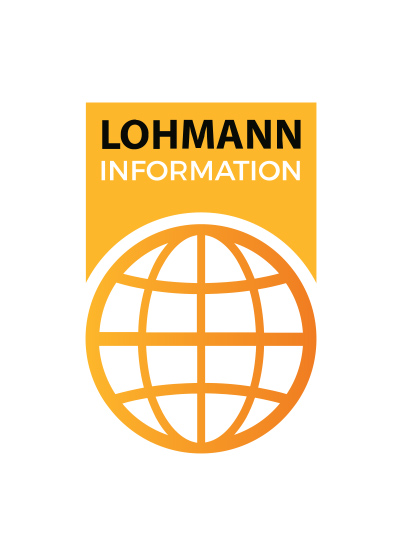
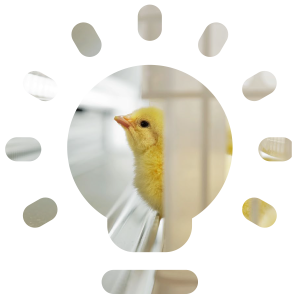
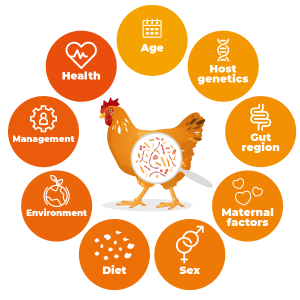

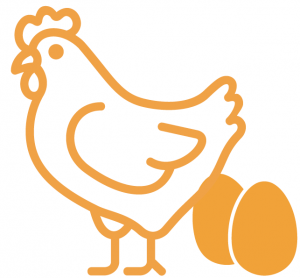

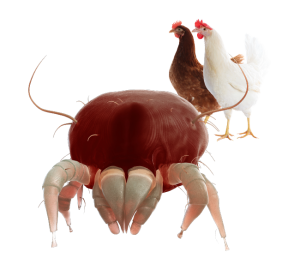
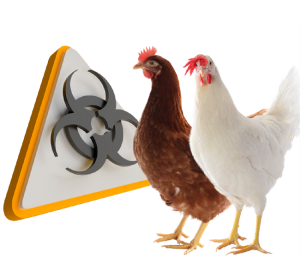

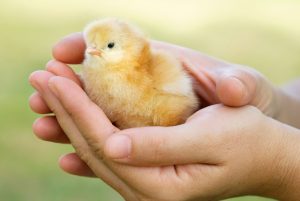

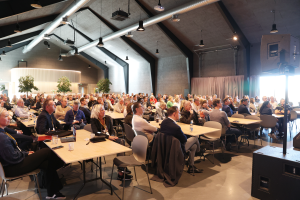
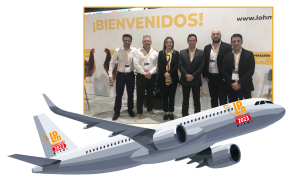
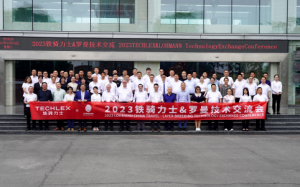
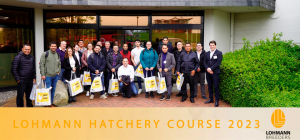
 Linkedin
Linkedin  Podcast
Podcast  TeamViewer QS
TeamViewer QS